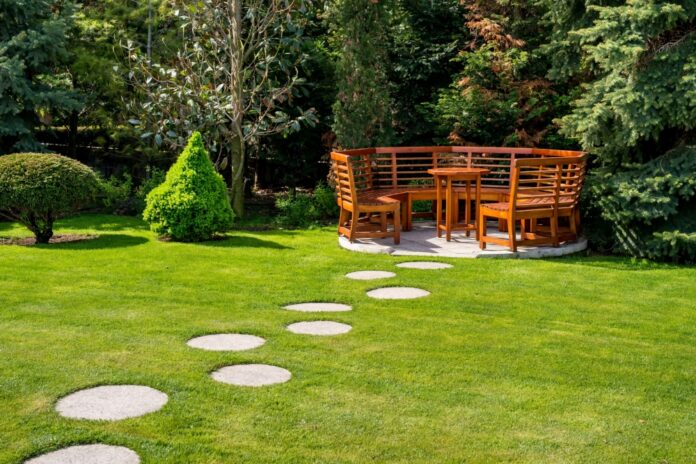Trees are the most important and versatile elements of any backyard, whether it is natural or professionally designed. In some areas, they provide shade and can significantly reduce energy expenses. They can increase a home’s value while also preventing soil erosion and cleansing the air.
They provide a safe haven for wildlife that is still attempting to coexist with humans, as well as a lovely, calming vibe to daily life. Some people, on the other hand, forget that growing their magnificent green crowns requires our undivided care. The long-term growth and health of your garden trees rely on regular maintenance. Here are a few suggestions for keeping your trees healthy.
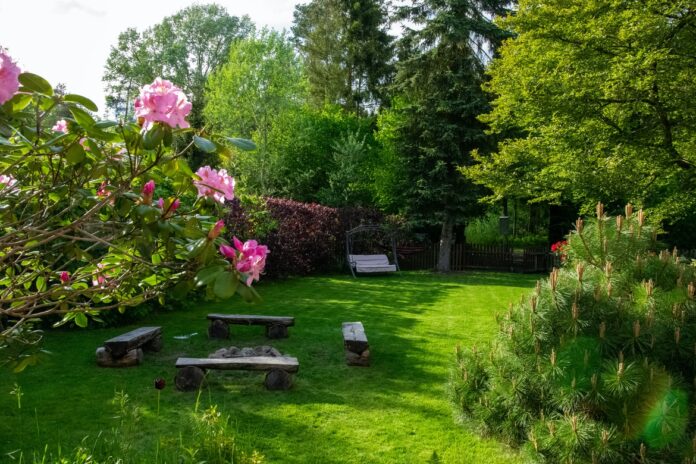
1. Plan The Plantation
Consider how much room and area your tree will require after it reaches its full height and root depth. Do not plant trees together or close to a building, as this will limit their growth potential. Remember that a bit of forethought now can save you a lot of grief later.
Furthermore, due to underground gas, electric, water, and sewer connections, certain portions of your land will be unsuitable for the growth of a tree and its roots. Contact your local utility provider to ensure that you won’t endanger your future tree or cause harm to a critical piece of your community’s infrastructure.
2. Make Tree Pruning a Habit
You can get rid of deadwood and ensure a better structure by keeping your trees in good shape and trimming them. When your trees are in a dormant stage, it’s a good idea to prune them. You can easily prune away a few damaged or dead twigs once your trees grow leaves.
Every year, look for shoots that have developed at an unexpected angle in your trees. Extra branches projecting from the top, as well as huge shoots developing out of the base, must be removed. It’s a good idea to trim off the branches in the tree’s lower half at some point during the first year. You can also prune any middle-branch branches. These are crucial stages in maintaining the health of your trees.
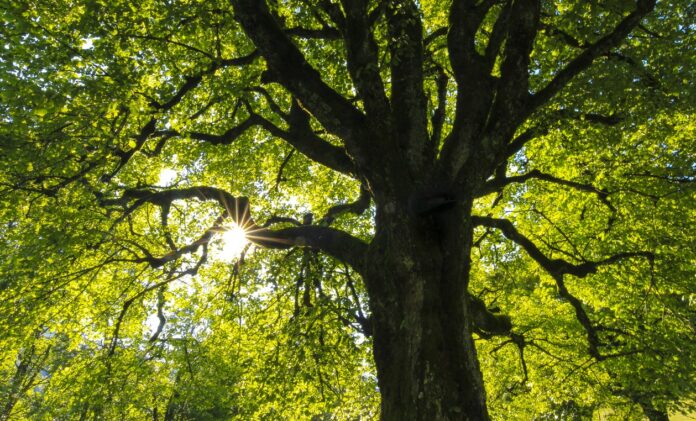
3. Water The Trees
Watering your trees is the most crucial component of tree care. This is especially important for newly planted trees that haven’t yet filled up their plot. The amount of watering required in the early stages depends on the tree, the environment, and the soil. You’ll need to change the frequency with which you water your tree on a weekly or monthly basis. If you think you won’t be able to keep up with watering your trees on a regular basis, try planting a drought-resistant tree that doesn’t require as much water as other trees.
If you reside in a colder climate or will be dealing with colder weather, you should also offer more water than usual since the roots will need time to spread and establish themselves in a cooler climate. In any case, you should be able to offer water for at least the first few months, and in colder climates, you should be prepared to water your tree for up to a year. You won’t have to water the tree when it has established itself because it will be able to support itself.
4. Mulching
One of the nicest things you can do for a tree is to apply a thick layer of mulch around the trunk. It will insulate the soil around the tree’s roots, keep power tools out of the way, reduce foot traffic, and help the soil decompose. Wood chips or shredded wood can be used as mulch. Spread it two to three inches thick all around the tree; the more mulch you can cover, the better. Mulch should be applied in a uniform layer, not piled against the bark. Rot and disease can occur as a result of this.
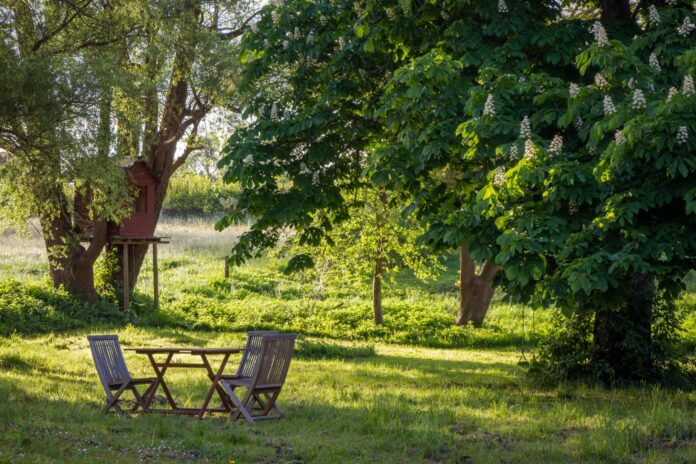
5. Weeding
In your backyard, there is always an ongoing competition. Grasses, weeds, and other surrounding plants are always competing for a share of the soil’s nutrients, moisture, and light. As a result, keep a 3 ft radius around your tree trunk clear of turf or other plants. Hoeing, hand pulling, or hand weeding in the spring, when weeds are in full bloom, can be therapeutic while also giving your trees a fighting chance of survival.
If physical weeding isn’t your thing, consider investing in a weed-killing groundcover or landscaping fabric that will kill existing weeds while also preventing future growth.
6. Examine The Trees
Another suggestion is to examine your trees every six months. This will assist you in locating any pest infestations as well as any dead branches that should be removed. Mowers and weed whackers should be replaced with powerful string trimmers to avoid spreading tree diseases. If you care about trees and want to maintain them healthy, you should learn about developing pests and diseases.
Also, prune the tree to keep it looking good and growing. When the tree is dormant, undertake substantial pruning (in winters). Pruning should be done when the plant is leafy (in the summer).
You can hire a tree service to do the inspection; read more here.
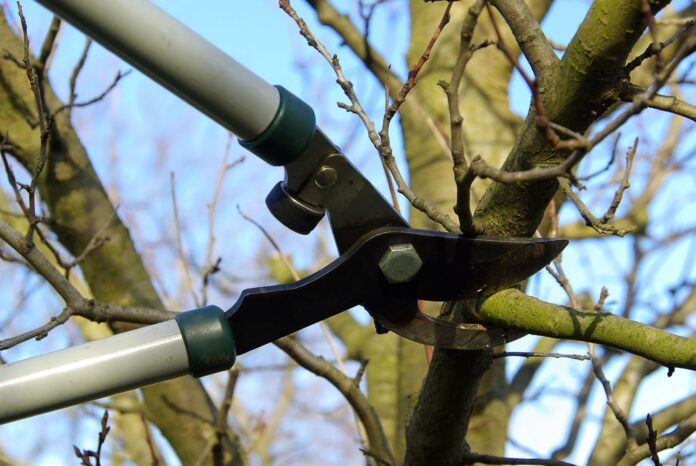
7. Add Fertilizer
Trees obtain plenty of nutrients from degraded natural plant components in the forest. However, in our yards, the scenario is different since we rake and remove leaves, twigs, grass clippings, and other natural nutrients that trees can feed on. If we want to retain healthy trees, we’ll need a thorough tree maintenance program that releases extra nutrients into the soil.
To improve the nutritional content of your soil, use fertilizer on a regular basis in addition to mulching. This will help the tree survive longer and be less susceptible to illnesses and insect infestation, allowing it to attain its full potential in the environment.
Conclusion
Following the tips as mentioned above will go a long way toward ensuring the safety of your prized trees. You’ll not only get more enjoyment out of your trees for longer, but you’ll also save money in the long term by lowering your tree-care costs. Unfortunately, when property owners fail to follow these simple preventative tree care procedures, we are forced to deal with problems after they have progressed too far. Avoid getting into a scenario like this by acting beforehand, and your trees will thank you.

